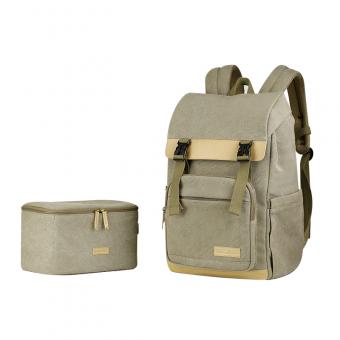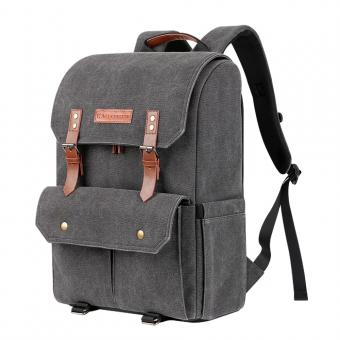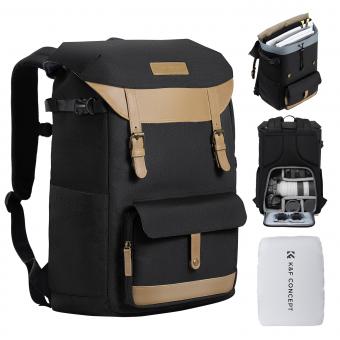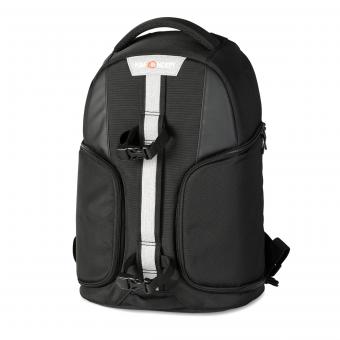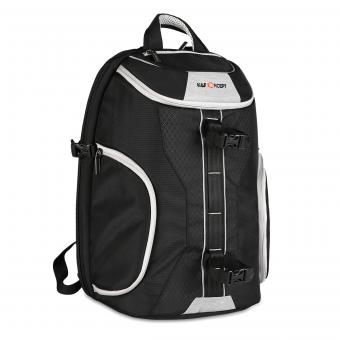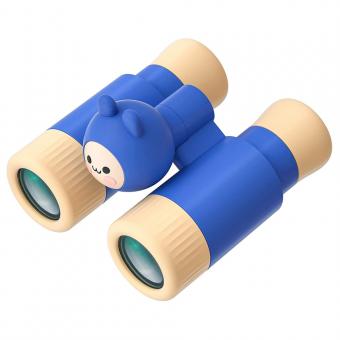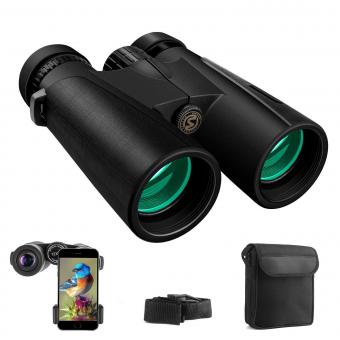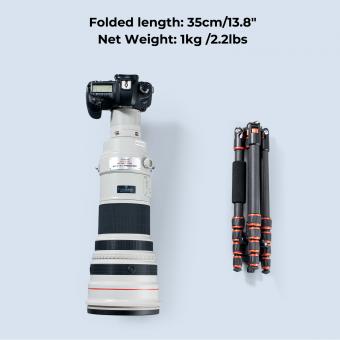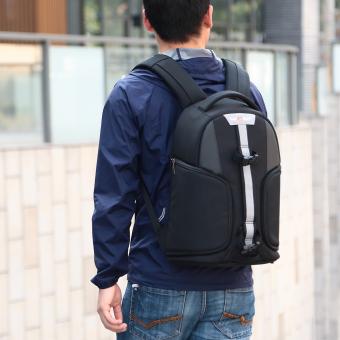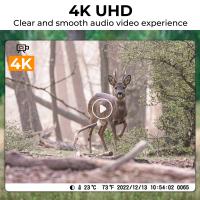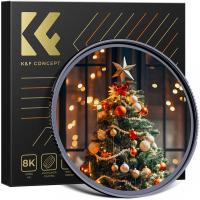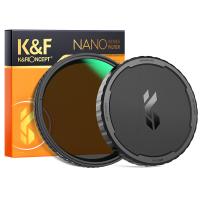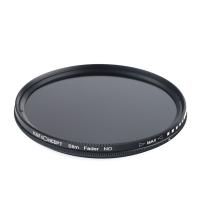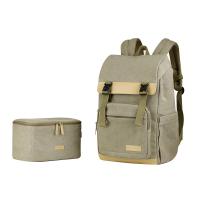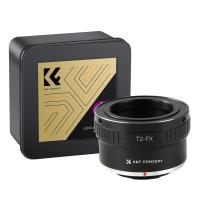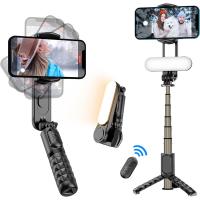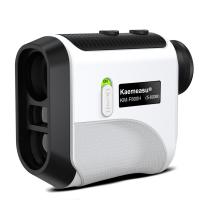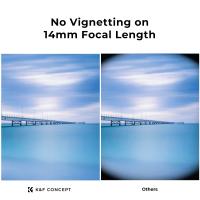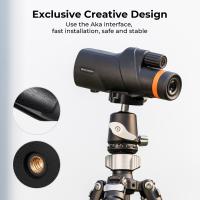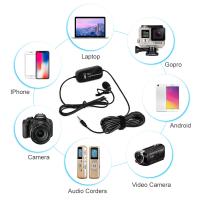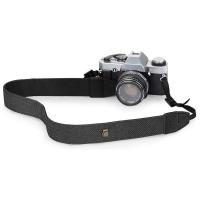Can You Use A Camera Tripod For Binoculars?
When it comes to using binoculars for bird watching, stargazing, or any other activity that requires a steady hand, many enthusiasts often wonder if they can use a camera tripod for their binoculars. The short answer is yes, you can use a camera tripod for binoculars, but there are several factors to consider to ensure you get the best experience. In this article, we will delve into the practicalities of using a camera tripod for binoculars, the benefits, the potential challenges, and some tips to make the most out of this setup.
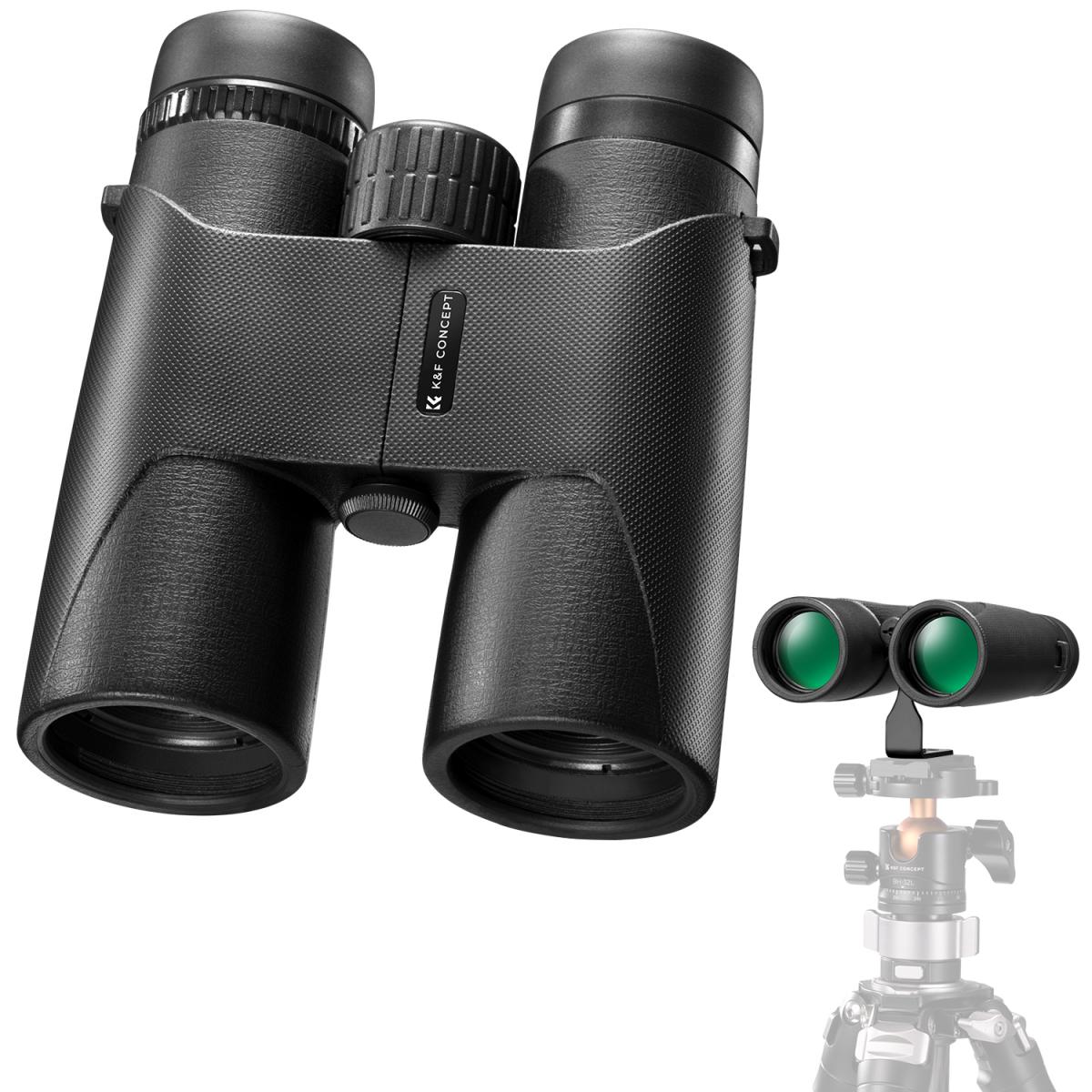
Understanding the Compatibility
The first thing to consider is whether your binoculars can be mounted on a tripod. Most modern binoculars come with a tripod adapter socket, usually located between the two barrels. This socket is designed to fit a standard tripod adapter, which can then be attached to a camera tripod. If your binoculars do not have this feature, you may need to purchase a specialized adapter.
Benefits of Using a Camera Tripod for Binoculars
1. Stability and Reduced Hand Fatigue: Holding binoculars steady for extended periods can be tiring and can lead to shaky images. A tripod provides a stable platform, allowing you to observe without the strain of holding the binoculars.
2. Enhanced Viewing Experience: With a stable setup, you can enjoy a clearer and more detailed view. This is particularly beneficial for activities like bird watching or stargazing, where even slight movements can disrupt your focus.
3. Hands-Free Operation: Using a tripod allows you to use your hands for other tasks, such as taking notes, using a guidebook, or adjusting other equipment.
4. Versatility: Camera tripods are generally versatile and adjustable, allowing you to set the height and angle to your preference. This can be particularly useful if you are sharing the binoculars with others of different heights.
Potential Challenges
1. Weight and Portability: Camera tripods can be bulky and heavy, which might be a drawback if you need to carry them over long distances. However, there are lightweight and compact models available that can mitigate this issue.
2. Setup Time: Setting up a tripod can take some time, which might not be ideal if you need to quickly observe something. Practice and familiarity with your equipment can help reduce setup time.
3. Compatibility Issues: Not all camera tripods are created equal, and some may not be compatible with your binoculars. Ensure that the tripod head can securely hold the binoculars and that the adapter fits properly.
Tips for Using a Camera Tripod with Binoculars
1. Choose the Right Tripod: Look for a tripod that is sturdy yet lightweight. Carbon fiber tripods are a good option as they offer a good balance between weight and stability. Ensure that the tripod can extend to a comfortable height for your use.
2. Use a Tripod Adapter: If your binoculars do not come with a built-in tripod socket, you will need a tripod adapter. These adapters are usually inexpensive and easy to attach. Make sure the adapter is compatible with both your binoculars and tripod.
3. Adjust the Tripod Head: A fluid or ball head tripod allows for smooth adjustments and can be particularly useful for tracking moving objects. Ensure that the tripod head can support the weight of your binoculars and allows for easy maneuvering.
4. Practice Setup and Breakdown: Familiarize yourself with setting up and breaking down your tripod quickly. This will save you time and frustration in the field.
5. Stabilize the Tripod: For added stability, especially in windy conditions, you can hang a weight from the center column of the tripod. Many tripods come with a hook for this purpose.
6. Use a Remote Control: If your binoculars are equipped with a camera or if you are using a spotting scope, a remote control can help you take pictures without causing any vibrations.
Using a camera tripod for binoculars can significantly enhance your viewing experience by providing stability, reducing hand fatigue, and allowing for hands-free operation. While there are some challenges, such as weight and setup time, these can be mitigated with the right equipment and practice. By choosing a compatible tripod and adapter, and by familiarizing yourself with the setup process, you can make the most out of your binoculars and enjoy a clearer, more detailed view of your subjects.
Whether you are a bird watcher, stargazer, or simply enjoy observing nature, a camera tripod can be a valuable addition to your gear. It offers a practical solution to the common problem of shaky hands and allows you to focus on the beauty of the world around you. So, the next time you head out with your binoculars, consider bringing along a camera tripod for a more enjoyable and comfortable viewing experience.


